
Vietnam has abundant surface water resources with a dense system of rivers and streams along with lakes, ponds, and canals distributed widely throughout the country. According to assessments, the surface water sources of rivers flowing through the midlands and sparsely populated mountainous areas, or rivers flowing through purely agricultural areas in the plains have quite good water quality because they have not been greatly affected by pollutants from waste sources. Most reservoirs, ponds, and canals also have relatively good water quality. The surface water environment in most areas can be used for irrigation purposes, and many places still meet the requirements for domestic water supply.
However, recently, in some places, surface water sources have shown signs of deterioration in quality and local pollution of suspended solids, organic matter, heavy metals and microbiological pollution. Especially, in large urban areas - where there is a high population density as well as developed craft and production activities, local pollution of river water has been recorded with some parameters exceeding the allowable standards many times. Water in rivers, streams, canals and ditches is polluted to the point of almost being degraded, posing a danger to humans and aquatic life.
Another equally important cause is the unreasonable exploitation and use of water, leading to over-exploitation in some areas and river basins in recent times, increasing the risk of water shortages and declining quality of surface water resources.

On the other hand, according to the report of the Ministry of Natural Resources and Environment , currently, most people in inner-city and suburban areas and many localities use surface water for daily activities. When this water source is polluted, degraded or depleted, people's daily lives are also affected.
In areas with polluted water sources, in order to have water to use, many households have to invest in building filter tanks or buying water filtering equipment... Or in areas with water shortages, many households have to travel many kilometers to transport clean water, many households have to buy water by the barrel for daily activities. The cost of living therefore also increases, making people's lives more difficult. Due to the lack of water for daily activities, in many places people still have to use polluted water sources, causing serious diseases that significantly affect their health.
Faced with that challenge, to contribute to protecting, improving and restoring Vietnam's surface water resources, the Draft Law on Water Resources (amended) has added regulations to comprehensively manage, control and regulate water issues on the basis of unified management of water resources to ensure national water security, especially ensuring water security for daily life, aiming for a national water security index on par with advanced countries in the region and in the world .
Along with that, add provisions to ensure proactive water resources in all situations, focus on developing water resources, regulating water, improving water use efficiency, effectively operating irrigation and hydroelectric works, enhancing water storage capacity, improving and restoring degraded, depleted and polluted water sources, improving access to water quantity and quality to maintain livelihoods and human life, socio -economic development, ensuring economical and effective water use, preventing water pollution, preventing and combating natural disasters related to water, conserving ecosystems, ensuring national defense and security at reasonable costs through implementing key institutional and policy innovations.

According to the National Assembly Chairman, the Resolution of the 12th National Congress has a great policy of economicizing the environmental resources sector, but in reality, very little has been done. Water is a type of resource, so it is necessary to closely follow the socialist-oriented market mechanism in managing and using this resource. From that, National Assembly Chairman Vuong Dinh Hue said that studying regulations on economical water use is very important, so it is necessary to consider groundwater, saltwater, fresh water, brackish water, and even wastewater as resources, to solve the problems of the circular economy.
Incorporating the opinions of National Assembly Chairman Vuong Dinh Hue as well as the opinions of National Assembly deputies at the 5th session, in the Draft Law on Water Resources (amended) submitted to the National Assembly at the 6th session, the Drafting Committee of the Draft Law on Water Resources (amended) added Article 22 on the protection of surface water resources. At the same time, it absorbed and revised in the direction of adding management content according to technical standards and regulations as prescribed in related articles, because surface water is extremely important, most of the water we are using is basically surface water and perhaps this will still be the main water source in the future.
According to the Draft Law, the content of surface water protection includes main activities such as: Managing water source protection corridors; Maintaining minimum flow on rivers, streams and downstream of dams and reservoirs; ensuring flow circulation; Preventing and combating degradation, depletion and pollution of water sources; improving the carrying capacity of surface water sources; restoring degraded, depleted and polluted water sources; Protecting surface water sources with the function of regulating, supplying water, preventing and combating flooding; water sources with the function of protecting, preserving and developing culture, tourism, religion, beliefs and having high biodiversity value; Protecting and developing aquatic resources and protecting the surface water environment according to the provisions of the law on environmental protection.

Commenting on the Draft Law on Water Resources (amended), National Assembly deputies suggested that for specific regulations on surface water protection, it is necessary to add regulations on surface water storage measures, as well as regulations to protect and increase water resources to help increase water retention capacity in the future.
Delegate Nguyen Huu Thong
(National Assembly Delegate of Binh Thuan Province)
Supplementing regulations on standards and norms for surface water resources management

I think that this Draft Law on Water Resources (amended) has added many new provisions compared to the 2012 Law on Water Resources, including many provisions originating from the practice of water resources management in the past, as well as current and future water resources issues.
Regarding the protection of surface water resources (Article 21), I agree that Article 21 of the Draft Law fully demonstrates the principled provisions on the protection of surface water resources and clearly demonstrates two ideas on the management of water resource protection corridors, preventing water source pollution and preventing degradation and depletion, proactively and actively preserving surface water resources and maintaining the flow to ensure the flow circulation. However, I suggest that it is necessary to supplement regulations on standards, norms and criteria for water resource management, and strengthen post-inspection work to improve the effectiveness of water resource management. I propose that this content be assigned to the Government for specific regulations.
In Article 24, regarding minimum flow, according to the provisions of Clause 2, "Minimum flow" is the basis and basis for consideration in the process of appraisal and decision on many important tasks such as Water resources planning, provincial planning, specialized technical planning, reservoir operation procedures, licensing, etc. Thus, the determination of "Minimum flow" must be implemented first. However, I think that the Draft Law does not stipulate the time to do it, to complete it, and the time to announce it, as well as the methods, tools, standards, and regulations related to determining the flow at what level is considered the lowest in international, inter-provincial, intra-provincial rivers and streams, reservoirs, dams, etc. The Draft Law only stipulates the review and adjustment of minimum flow to be carried out every 5 years. Therefore, I propose to study and supplement specific regulations on the time to complete and announce minimum flow; methods, tools, standards related to determining minimum flow.
Delegate Tran Van Lam
(National Assembly Delegate of Bac Giang Province)
Need to focus on root cause solutions
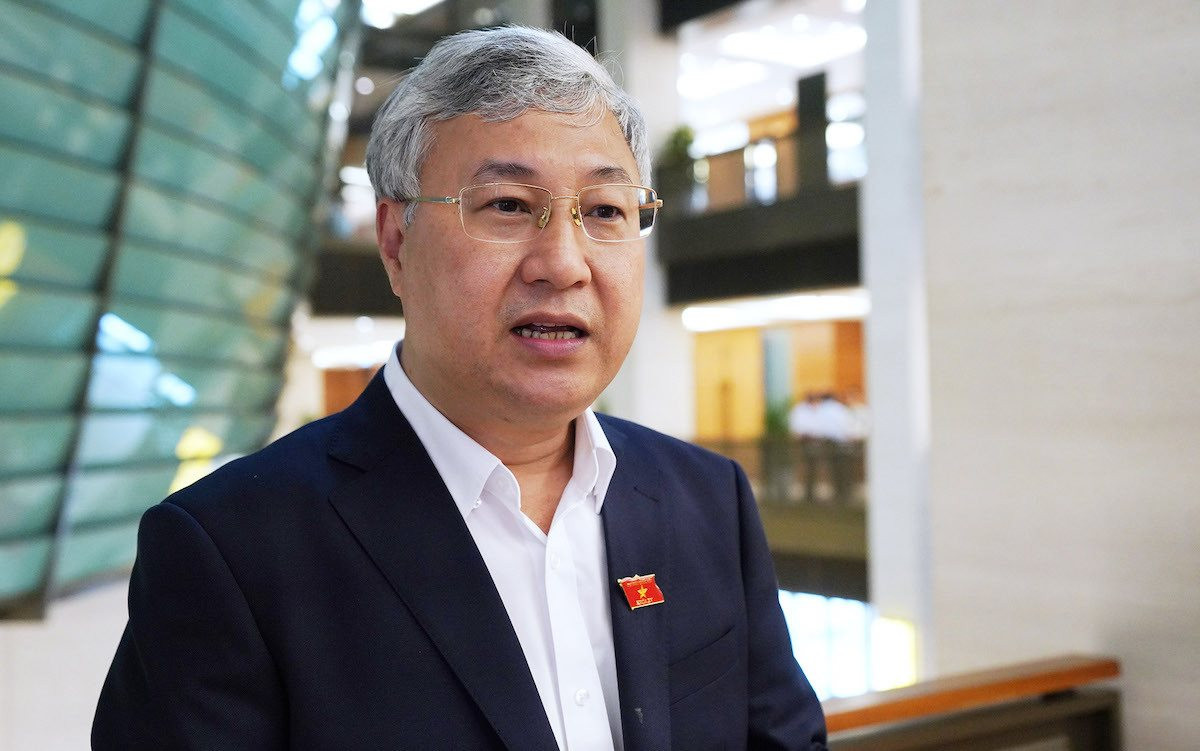
Water is one of the most important resources of life. According to scientific research, although our Earth is a water globe, only 3% is fresh water, the remaining 68.7% is frozen water at the two poles and 30.1% is groundwater, other water sources are 0.9%. The world understands very well the role of surface water and many countries consider it a particularly valuable national resource, from which there are strict and effective laws and policies to popularize, manage, exploit and protect this resource to serve the goal of sustainable and long-term development.
To protect surface water resources, in my opinion, it is necessary to have plans and measures for state management of surface water resources. Accordingly, increasing the safety coefficient of lakes and dams to store water is only a "top-down" solution, it is necessary to pay attention to fundamental solutions such as increasing the water storage capacity of vegetation in river basins. Because through the survey of many lake and dam projects by the National Assembly Delegation of Bac Giang province, it shows that in reality, a series of lake and dam projects that have been built do not fully function, cannot store enough water, have to overflow in the rainy season, and dry up in the dry season, with very low efficiency.
On the other hand, in my opinion, this situation is caused by the serious decline in the water storage capacity of the vegetation, especially when many areas of protection forests and special-use forests have been converted into production forests with very limited water storage capacity. Therefore, the issue of concern now is to increase the water storage capacity of river basins to supply water to natural dams. Article 30 of the Draft Law on Water Resources (amended) has specifically stipulated many measures to protect and increase water resources, but water resource protection must be considered as a national policy. That is, the provisions in Article 30 need to be studied to be included in the provisions in Article 4 on the State's policy to protect and increase the water storage capacity of forests of all types. In addition, in my opinion, not only stopping at current policies, in the future there will have to be expansion, for example, expanding the revenue objects of the Forest Environmental Services Fund...
Delegate Trieu Thi Ngoc Diem
(National Assembly Delegate of Soc Trang province)
Clarifying concepts related to surface water
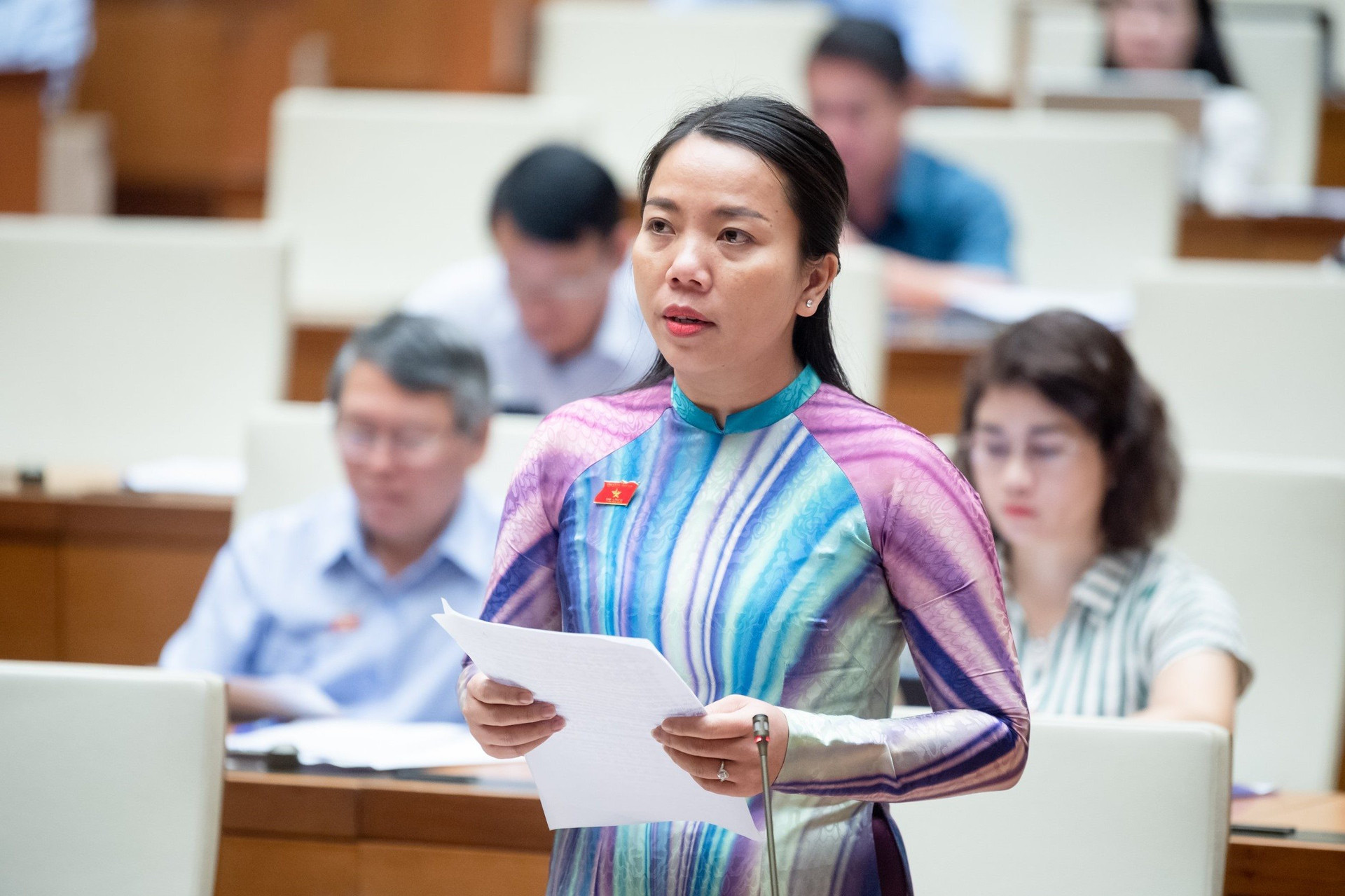
In reality, due to many subjective and objective reasons, our water resources are being depleted and gradually polluted, which has caused many impacts on life, people and comprehensive socio-economic development, requiring us to have a proper recognition and assessment of this special resource.
Commenting on specific contents related to regulations on surface water, I think that in Clause 3, Article 2, surface water is explained as water existing on the mainland and island surface. However, in reality, there are irrigation works including water canal systems and water intake sluices to bring seawater to the mainland to take water for aquaculture areas. In terms of nature, this is a seawater source, but if according to the explanation of the terms in the Draft Law, it will be considered surface water or water source in the estuary adjacent to the sea. Therefore, determining the correct type of water source will be the deciding factor in determining whether or not a water exploitation project is subject to registration for a license according to the provisions of Article 52 of the Draft Law.
In addition, Clause 3, Article 8 stipulates that "discharging wastewater and bringing waste into the sanitary protection zone of the domestic water intake area" as prescribed above is very difficult to implement, because currently rivers, canals and ditches are the sources of receiving wastewater and waste from daily life and production, while the sanitary protection zone of the domestic water intake area of surface water exploitation works is regulated with quite large distances.
For example, the current regulations in Circular No. 24/TT-BTNMT dated September 9, 2016 of the Minister of Natural Resources and Environment have specific regulations on the scope of the sanitary protection zone of the domestic water intake area of surface water exploitation projects on rivers, streams, canals and ditches for domestic use, including the scope of the water source protection corridor for rivers, streams, canals and ditches that the project exploits and the upstream and downstream areas from the water exploitation location of the project in the case of water exploitation projects with a scale of over 100m3/day and night to less than 50,000m3/day and night and in the case of water exploitation projects with a scale of 50,000m3/day and night or more, the minimum distance is 800m upstream and a maximum of 100m downstream for mountainous areas, 200m for plain and midland areas. Therefore, in Clause 2, Article 20, on the preparation of plans for exploitation, use, protection of water resources and overcoming the damage caused by water, I propose that the Drafting Committee add a request to assign the Government to have detailed regulations so that localities can unify in the implementation process.
I propose to consider adding more specific regulations on banning and restricting the exploitation of underground water for aquaculture purposes in areas with surface water sources. Because the exploitation of underground water causes many negative impacts such as land subsidence, saltwater intrusion, and water resource depletion.
Delegate Nguyen Anh Tri
(National Assembly Delegate of Hanoi City)
Review regulations to ensure improved surface water retention and storage capacity
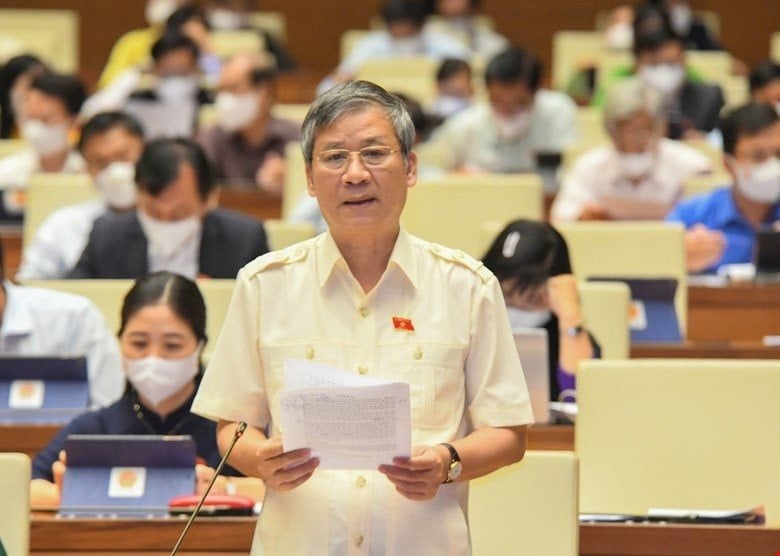
In the Draft Law, Article 2, explaining the terms, Section 29 states “water resource development includes measures to improve the capacity to reserve and store water”. In my opinion, the content of water reserve and storage is not clear in this Draft Law. Water reserve and storage, especially surface water, is very important and effective, much more than other measures.
Therefore, water storage and conservation must be a priority and should be included in state policy at this stage. Therefore, I would like to propose to include water storage and conservation in Article 4, which is the state policy on water resources. Add the following content to Clause 3: Prioritize investment in searching, exploring, and improving the capacity to store and conserve water…”. Improving the capacity to store and conserve water must be included in the policy.
In particular, to ensure strict regulations on surface water management in the Draft Law on Water Resources, it is necessary to separate Clause 1, Article 22 into 2 separate provisions on water source protection, prevention of water source pollution; prevention of degradation, depletion, proactively and actively retaining surface water sources. Thereby, continue to review and research to supplement regulations on water retention measures, especially rainwater retention in our country. Our country has a lot of rain, but with a terrain sloping from West to East, short rivers, rainwater will also drain very quickly. Therefore, retaining surface water is very important and will bring many benefits to us, especially the provinces in the Central region and the northern mountainous provinces. This must become a national strategy, there must be targets to "suspend water", retain water, pay attention to increasing the safety coefficient of lakes and dams to store water.
Viet Khang (summary)
Source





![[Photo] Discover unique experiences at the first World Cultural Festival](https://vphoto.vietnam.vn/thumb/1200x675/vietnam/resource/IMAGE/2025/10/11/1760198064937_le-hoi-van-hoa-4199-3623-jpg.webp)

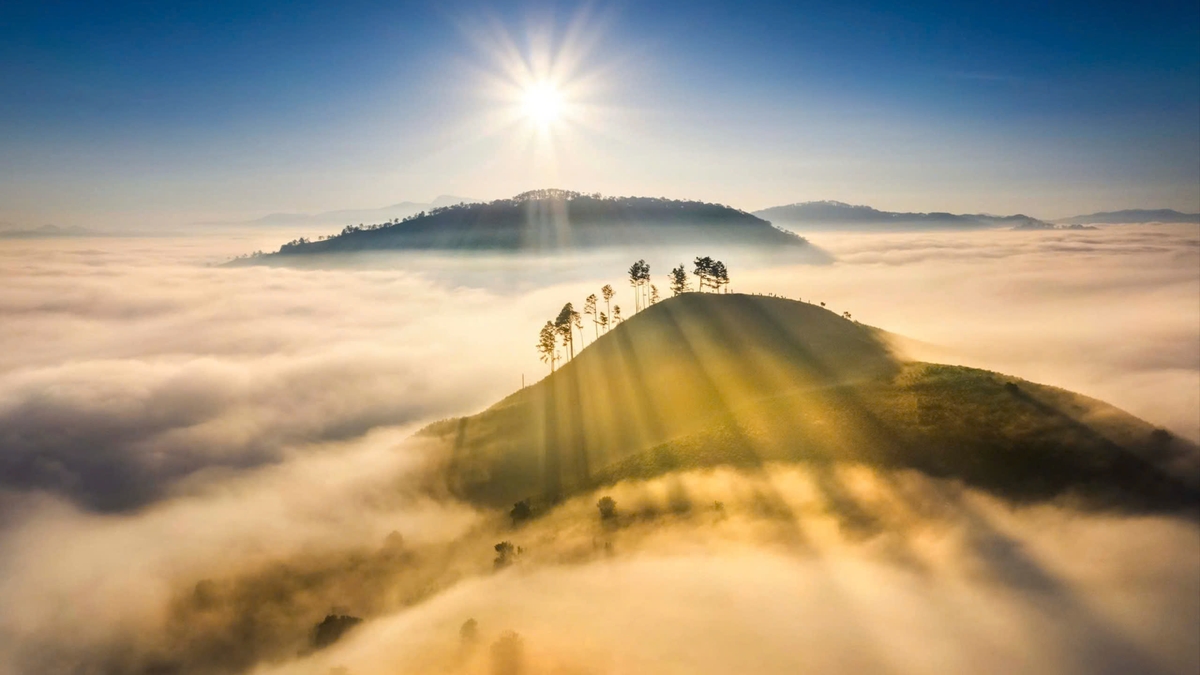
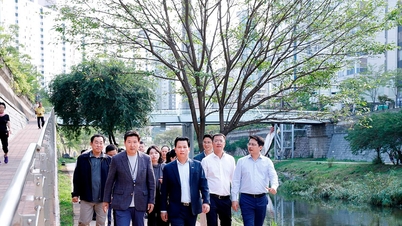

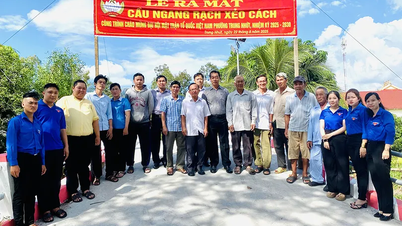

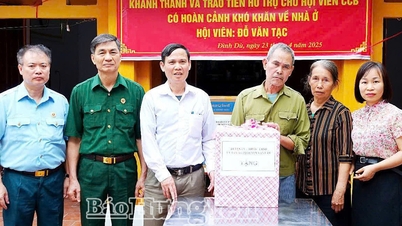





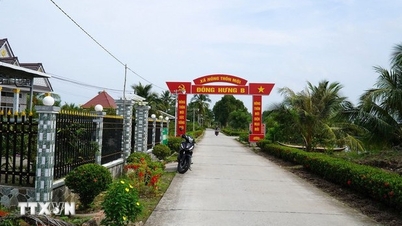





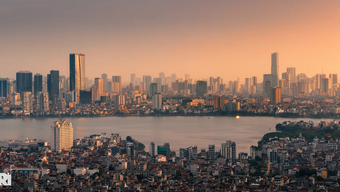

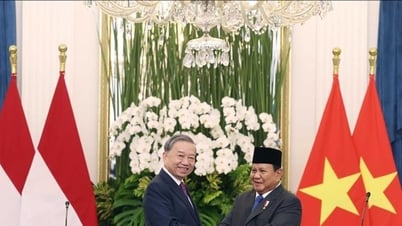
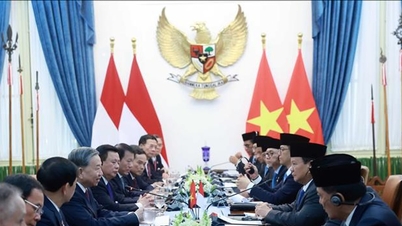

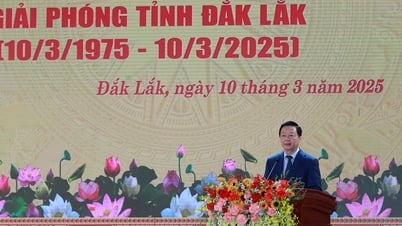
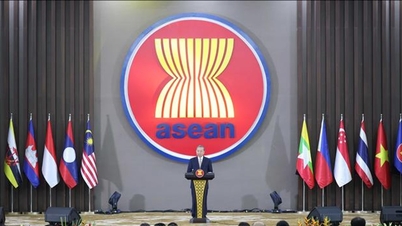

![[Photo] General Secretary attends the parade to celebrate the 80th anniversary of the founding of the Korean Workers' Party](https://vphoto.vietnam.vn/thumb/1200x675/vietnam/resource/IMAGE/2025/10/11/1760150039564_vna-potal-tong-bi-thu-du-le-duyet-binh-ky-niem-80-nam-thanh-lap-dang-lao-dong-trieu-tien-8331994-jpg.webp)



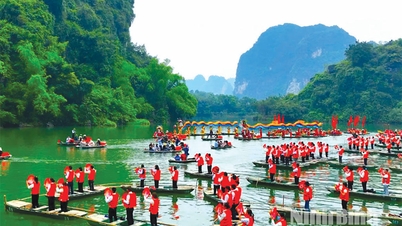



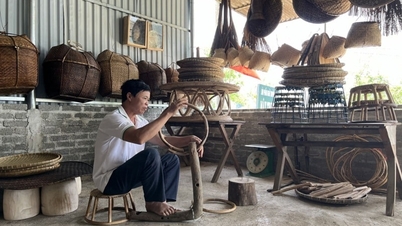
















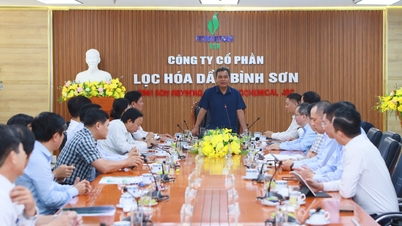

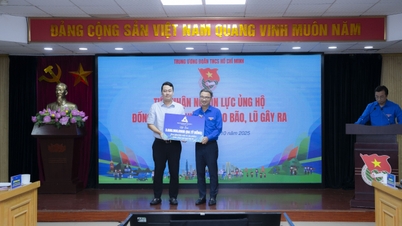


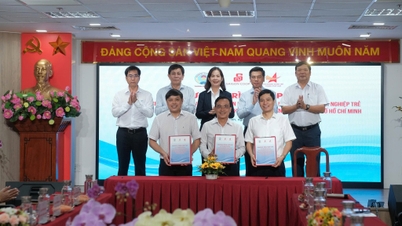


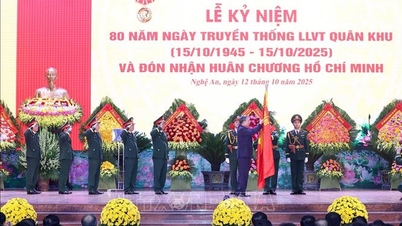




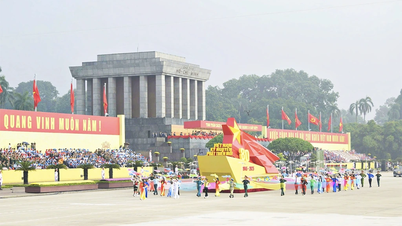









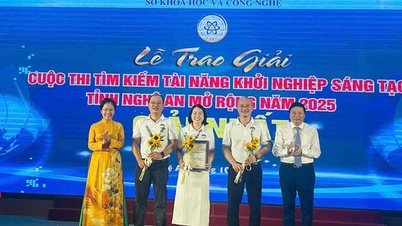
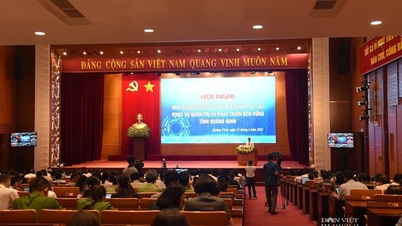

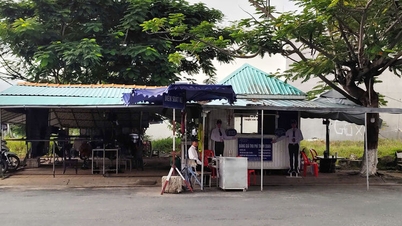

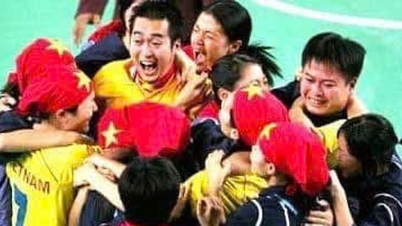


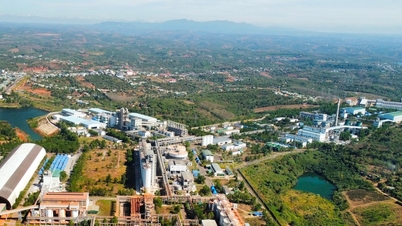

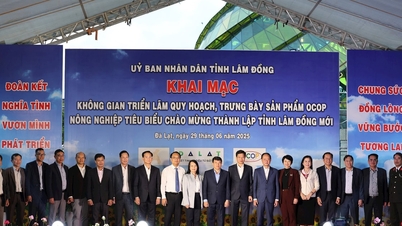
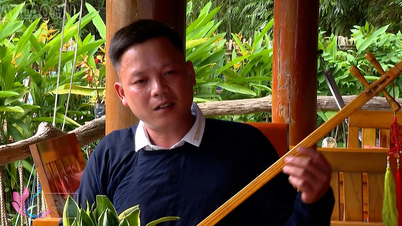












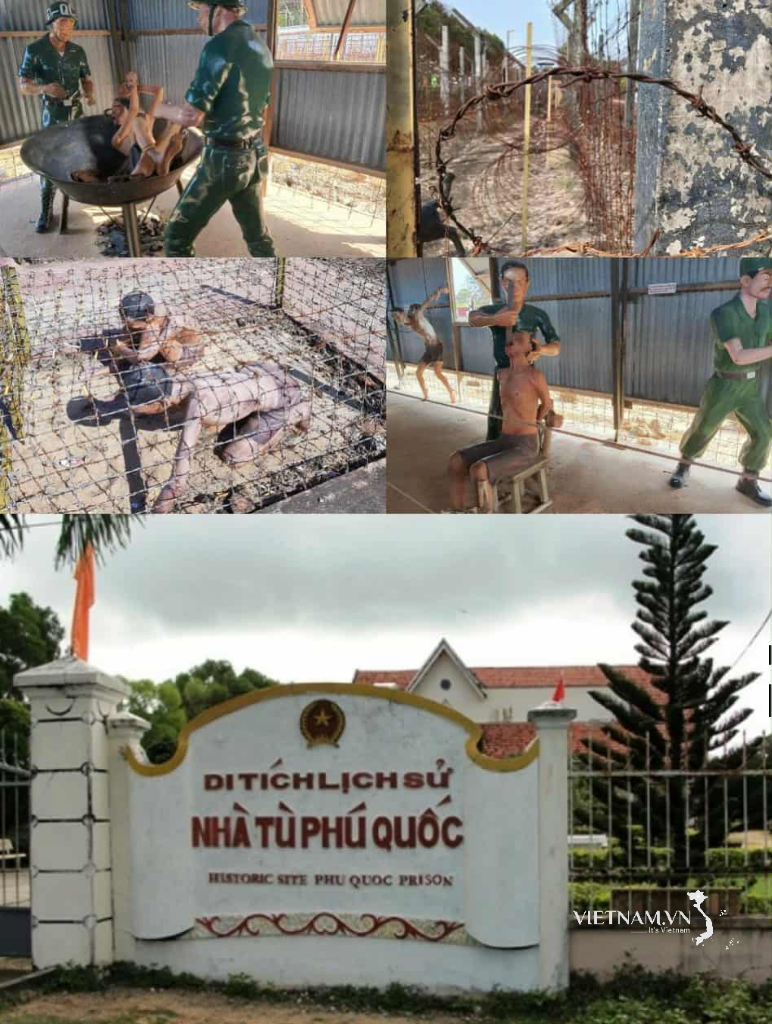
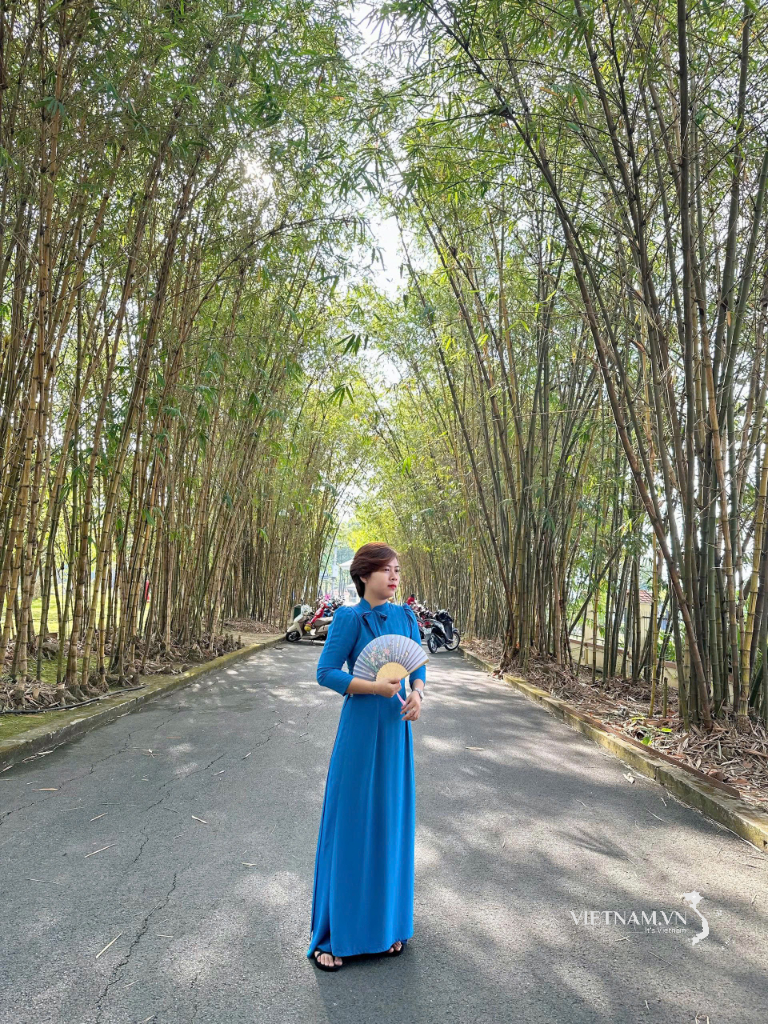
Comment (0)